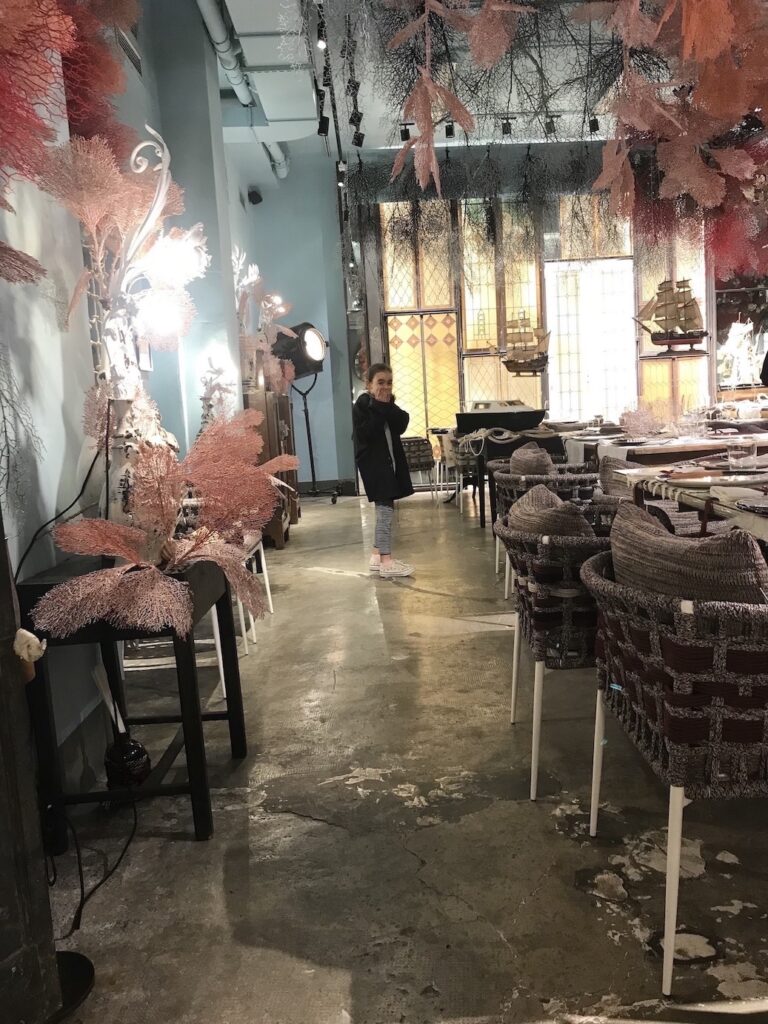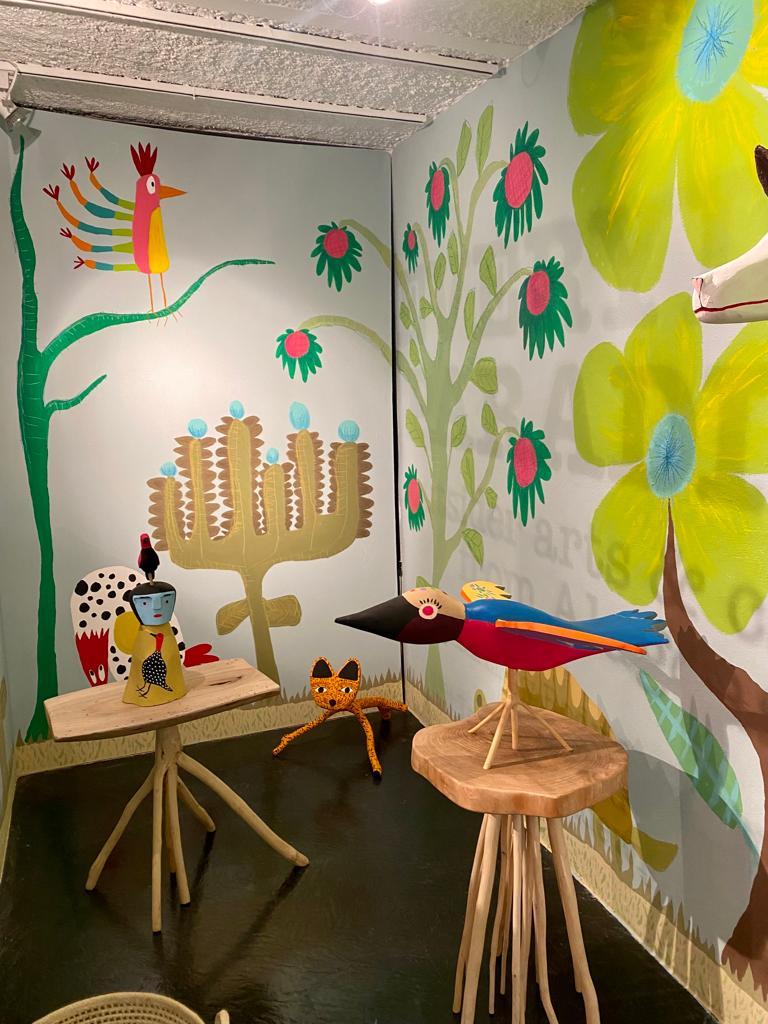Milano Design Week, Fashion & Greenwashing
Exploring Tangible Contrasts and Ethical Dilemmas in Contemporary Events
As the Milano Design Week concluded, we reflected on tangible distinctions with Fashion Week and delved into the pros and cons of the greenwashing effect evident in contemporary events.
The Milano Design Week is an annual event which serves as a platform for showcasing furniture, objects, creativity and ideas. This season’s theme, “Materia Natura” (matter nature), set the stage for contemplating the importance of environmental sustainability in the creative and design process. Also, running in parallel with the official “Salone del Mobile,” the Fuorisalone has experienced significant growth. As a result, every corner of the city boasted its own installations and events.
Blessed with beautiful sunny days, we immersed ourselves in numerous installations, many intertwined with fashion brands, just without the please-look-at-me foolishness. But a couple of reflections began to crystallise in our minds.

Milano Design Week & Greenwashing
The cons:
1 – The emphasis on sustainability often appeared to be mere greenwashing, given the excessive expenditure of money and resources without tangible environmental benefits. On the contrary, waste seemed clear.
2 – Some (fashion) brands participated simply to secure a spot on the list rather than with genuine needs. Indeed, this sentiment was palpable when the quality of the installation was just a way to invite people to stop by. Even among those who collaborated on a co-marketing initiative, the focus seemed to be just the marketing strategy.
Milano Design Week vs Fashion Week
The pros:
1 – In contrast to Milano Fashion Week, Design Week is more inclusive and open to anyone. And the atmosphere is way more enjoyable.
2 – The staff responsible for welcoming attendees and ensuring security exhibit a notably kinder attitude. Since Ro is a wheelchair user, we received acts of kindness during Design Week that we were not accustomed to compared to our experiences during Fashion Week.
3 – No fashion carnival, meaning no subjects begging for attention.

However, we loved “Il mare dove non si tocca” (In the deep sea) by Antonio Marras. Upon entering the enchanting NonostanteMarras space, we encountered a temporary bar in the inner courtyard. Unfortunately, the arrangement of plants and tables left little room for a wheelchair to pass through. Witnessing our attempt, Antonio Marras jumped up and asked people to clear a path for us. Moreover, he kindly offered assistance if we wished to explore the basement area, where he showed his ceramics and a marvellous marine set-up for the restaurant area in collaboration with the Rana family. Also, we met the beautiful Antonella Rana, Global Image and Communication Director of Pastificio Rana.
Antonio Marras’ caring attitude surprised us. Such unconventional behaviour for the fashion industry standards!
The Milano Design Week concluded amidst fusions with fashion and a deluge of greenwashing. Specifically, design wins over fashion for accessibility and courtesy, but sustainability sounds too much like greenwashing. In contrast, let’s shape events where creativity harmonizes with sustainability, inspiring and innovating without compromising our planet.
Milano Design Week, Fashion & Greenwashing Read More »
